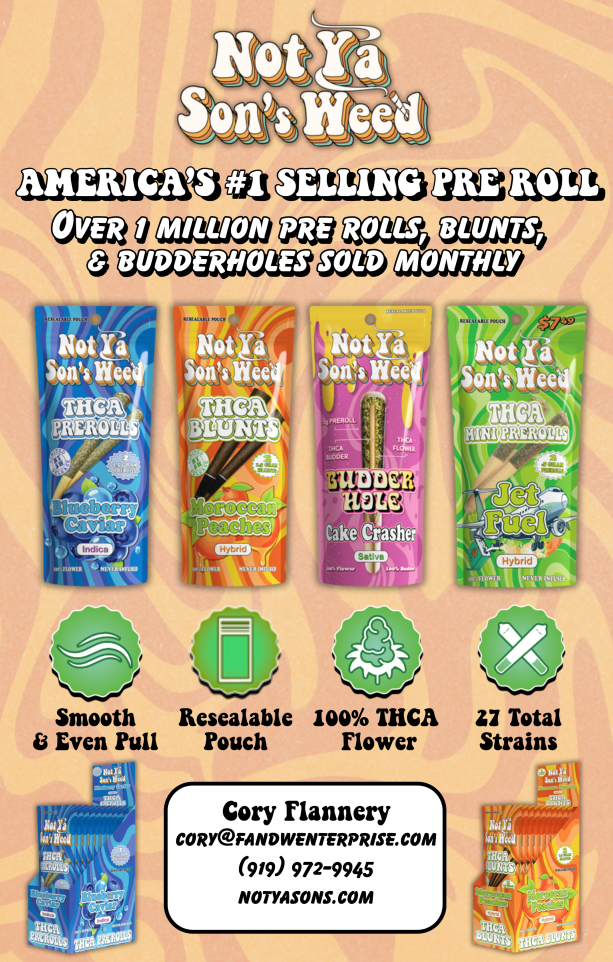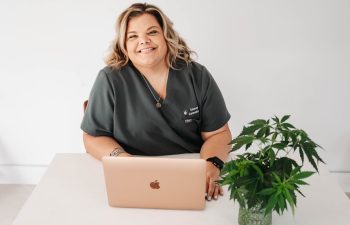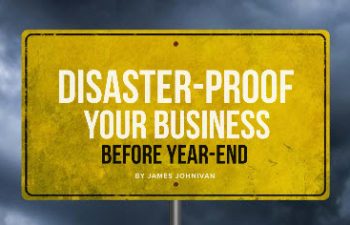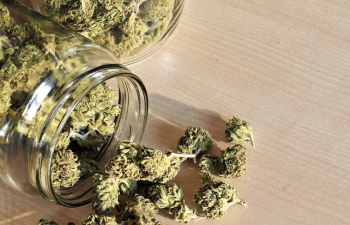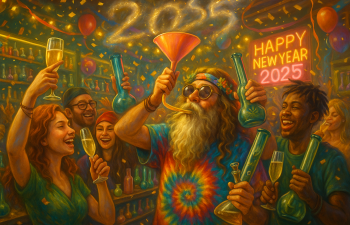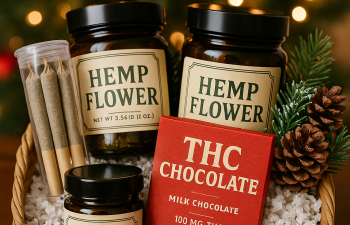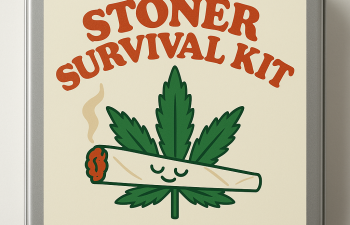 There’s no shortage of people seeking CBD. In fact, awareness of CBD jumped from 47% in 2018 to 70% in 2019, according to a Nutrition Business Journal survey, and according to according to the Hemp Business Journal, global CBD market will grow to $2.1 billion in consumer sales by 2020.
With those kinds of numbers backing its popularity, CBD should sell itself. But as with any product category, there’s more to selling it in a retail environment than simply grouping products together and creating eye catching displays. With that in mind, here are two tips for making your CBD section stand out so that you can make more sales.
Focus on Educating the Consumer
As is often the case in new markets, most consumers will need to be educated about the legality, effectiveness and uses of CBD. It’s still a no-no to promote the health and wellness benefits of CBD with anything other than anecdotal evidence, having literature available from a trustworthy source is essential. Project CBD has brochures you can easily download and print out to have on hand.
Brand-provided literature is important because people like taking stuff home with them whether or not they buy the product. Brochures are mobile and give customers the chance to become more familiar with the product on their own terms. Don’t forget to staple one of your store business cards to any marketing material you hand out.
Lock It Up
Visit any store, whether its electronics or makeup, and you’ll find the best stuff in a locked showcase. The reasoning is two-fold. A customer can’t just walk right up and pluck the product off the shelf. That’s a big plus for CBD products that are often high-value items in small containers, making them east targets ideal shoplifters. Some people might be dissuaded from a purchase that requires in-store help, but for those that are truly interested in the product, the situation gives store employees the opportunity to engage, educate and even up-sell.
There’s no shortage of people seeking CBD. In fact, awareness of CBD jumped from 47% in 2018 to 70% in 2019, according to a Nutrition Business Journal survey, and according to according to the Hemp Business Journal, global CBD market will grow to $2.1 billion in consumer sales by 2020.
With those kinds of numbers backing its popularity, CBD should sell itself. But as with any product category, there’s more to selling it in a retail environment than simply grouping products together and creating eye catching displays. With that in mind, here are two tips for making your CBD section stand out so that you can make more sales.
Focus on Educating the Consumer
As is often the case in new markets, most consumers will need to be educated about the legality, effectiveness and uses of CBD. It’s still a no-no to promote the health and wellness benefits of CBD with anything other than anecdotal evidence, having literature available from a trustworthy source is essential. Project CBD has brochures you can easily download and print out to have on hand.
Brand-provided literature is important because people like taking stuff home with them whether or not they buy the product. Brochures are mobile and give customers the chance to become more familiar with the product on their own terms. Don’t forget to staple one of your store business cards to any marketing material you hand out.
Lock It Up
Visit any store, whether its electronics or makeup, and you’ll find the best stuff in a locked showcase. The reasoning is two-fold. A customer can’t just walk right up and pluck the product off the shelf. That’s a big plus for CBD products that are often high-value items in small containers, making them east targets ideal shoplifters. Some people might be dissuaded from a purchase that requires in-store help, but for those that are truly interested in the product, the situation gives store employees the opportunity to engage, educate and even up-sell. Recent Stories
Recent Articles
By
For Sammie Pyle, cannabis has been a life-changing medicine, and she wants everyone to know about it. A registered nurse with a background in critical care and travel nursing, Sammie became a frontline healthcare worker in 2020, working in COVID ICUs across the country. As a result of that work, she was diagnosed with PTSD, survivor’s guilt, and insomnia. “The doctor wanted to give me a lot of prescriptions, but I already felt numb,” she says. “I needed something to bring me back to myself. So I chose a different path: the cannabis route.”
Before you pop the champagne (or, in my case, spark the bowl) on New Year’s Eve, don’t forget to tie up any remaining loose ends with your business. Unfinished tasks could cost you thousands if left dangling for too long, so start the New Year off right by taking care of any unresolved issues before January 1st.
By
There’s no holiday more prone to mythmaking than Christmas. Across our TVs, stories enshrine ridiculous origins to modern traditions, cartoon characters regularly save the holiday from the forces of grinchdom, and modern love flourishes for career women stuck in small towns. But these yuletide concoctions aren’t merely dessert; they’re flavoring added to medicine. Our stories cover up an uncomfortable truth: many of our holiday traditions stem from pagan revelry that included everything from psychedelics to orgies.
Boost profits with these holiday cannabis sales strategies to build Q1 momentum through promotions, gift cards, bundling, and future-focused planning.
By
Boost profits with these holiday cannabis sales strategies to build Q1 momentum through promotions, gift cards, bundling, and future-focused planning.
By
Boost profits with these holiday cannabis sales strategies to build Q1 momentum through promotions, gift cards, bundling, and future-focused planning.
By
Learn how to create a holiday cannabis retail experience with sensory design, festive displays, gift bundles, and events that boost sales and traffic.
By
Discover 12 cannabis stocking stuffers and upsell ideas in this cannabis holiday gift guide to boost sales and delight last-minute shoppers.
Subscribe to our newsletter for updates on industry news and special offers from HQ!
Published By
HeadQuest International LLC
6300 Riverside Plaza Ln NW, Suite 100
Albuquerque, NM 87120
505-275-6049
HeadQuest International LLC
6300 Riverside Plaza Ln NW, Suite 100
Albuquerque, NM 87120
505-275-6049







